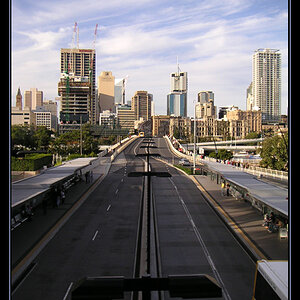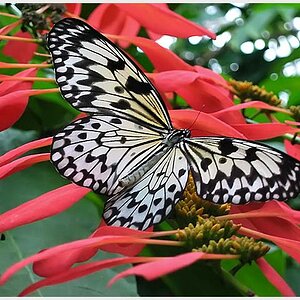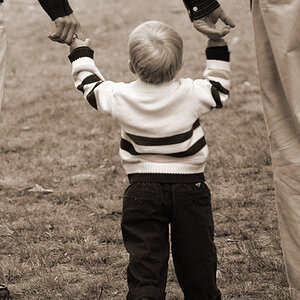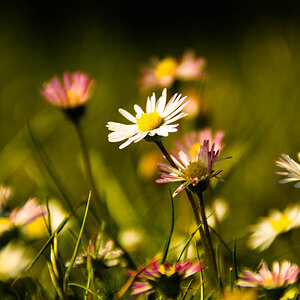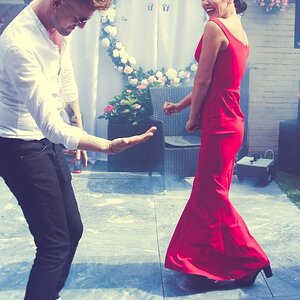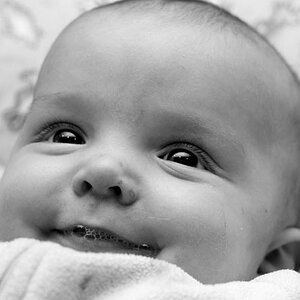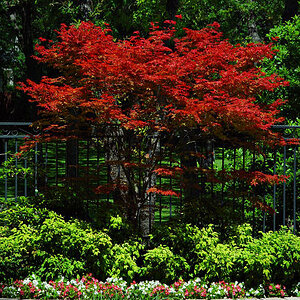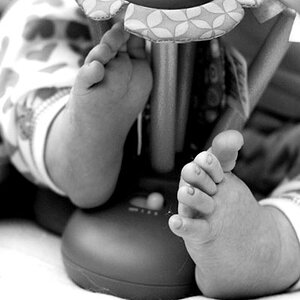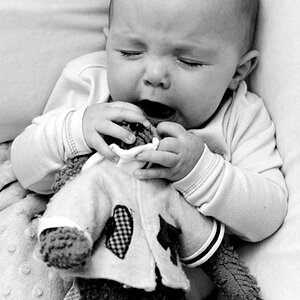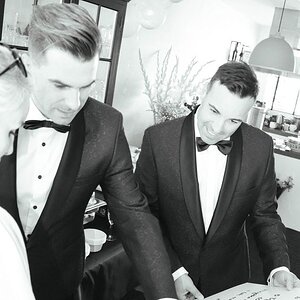Traveltom2406
TPF Noob!
- Joined
- Jan 16, 2018
- Messages
- 5
- Reaction score
- 0
- Can others edit my Photos
- Photos OK to edit
hello everyone! This is my first time using a forum so bear with me 
I went to blue ridge observatory and star park last night to try Astrophotography for the first time. I’m also a complete beginner and new to photography. I was wondering if anyone could give me feedback and tips on how to get the best astrophotography shots possible I often see images with galaxies and nebulas shining bright and dominating the picture. How do I get these shots? Is it through editing or can you capture these in camera?
I often see images with galaxies and nebulas shining bright and dominating the picture. How do I get these shots? Is it through editing or can you capture these in camera?
I’ve included 4 photos, the first 3 have no editing whatsoever but the last is slightly edited. What could I have done to make these shots better? Thank you all!




I’ve slightly edited the contrast and exposure of this photo.
I went to blue ridge observatory and star park last night to try Astrophotography for the first time. I’m also a complete beginner and new to photography. I was wondering if anyone could give me feedback and tips on how to get the best astrophotography shots possible
I’ve included 4 photos, the first 3 have no editing whatsoever but the last is slightly edited. What could I have done to make these shots better? Thank you all!
I’ve slightly edited the contrast and exposure of this photo.


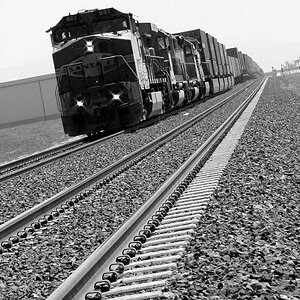
![[No title]](/data/xfmg/thumbnail/37/37604-7ad625e983f92f880eb65a264eeef5e4.jpg?1619738148)
